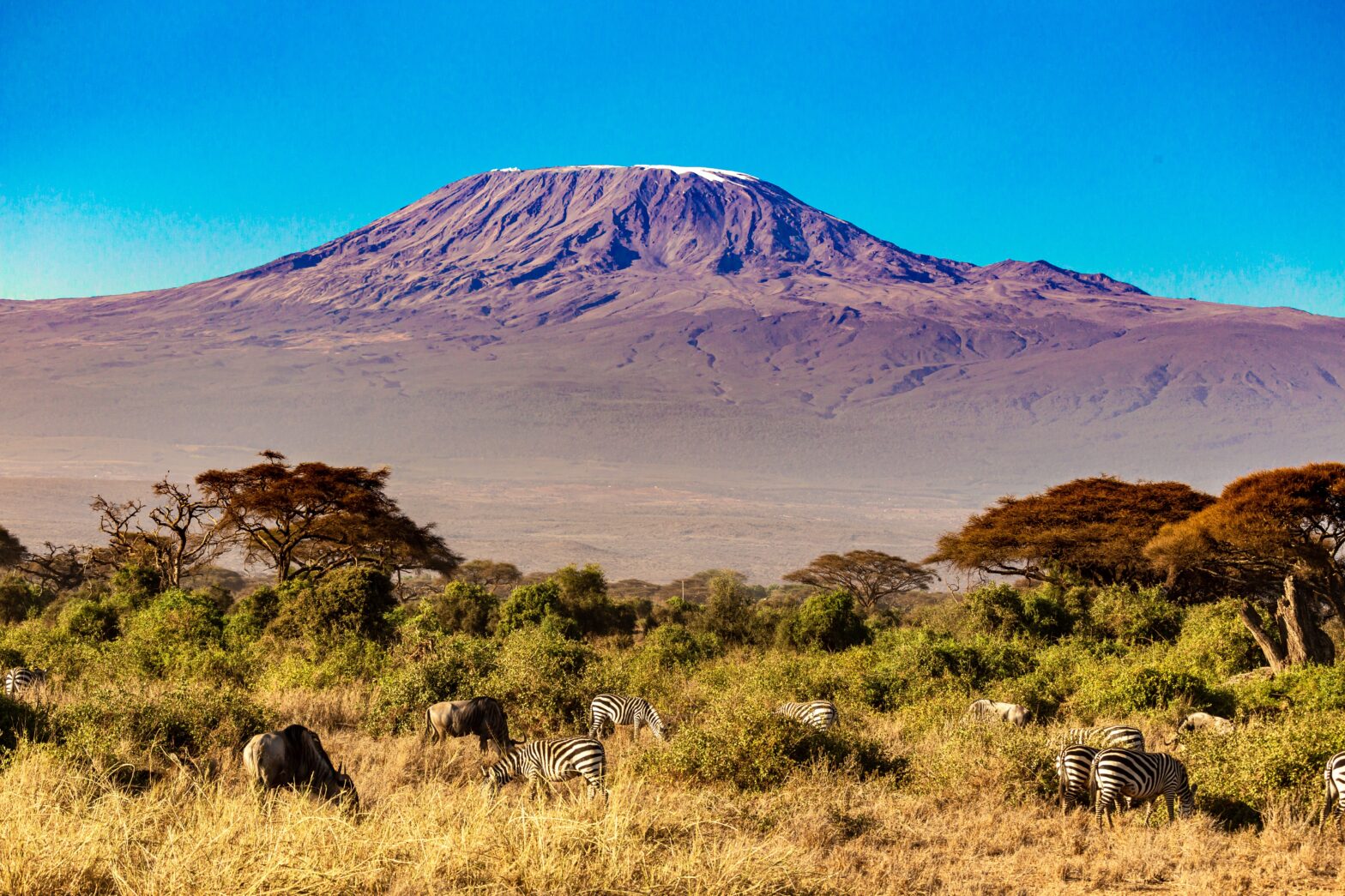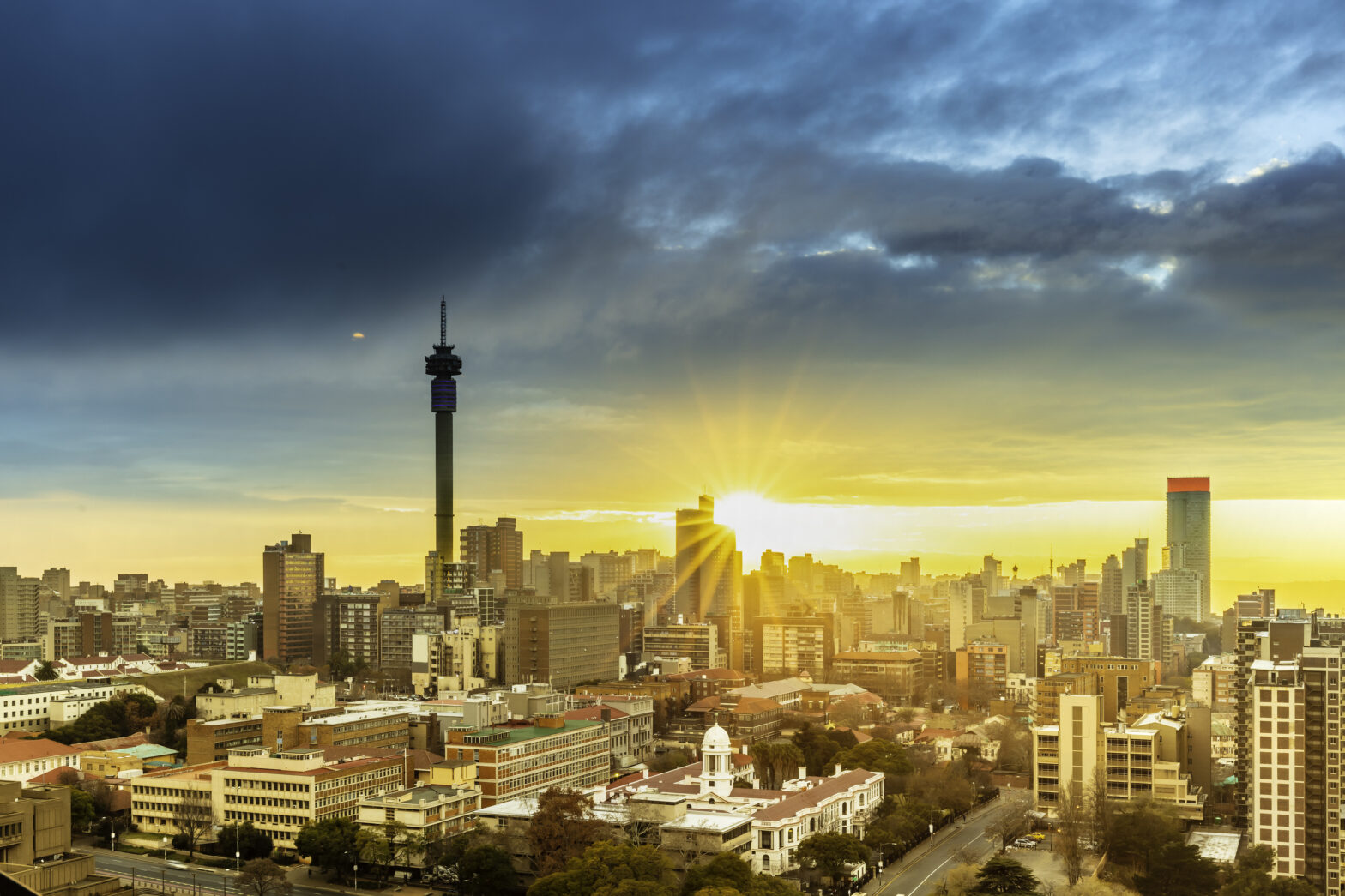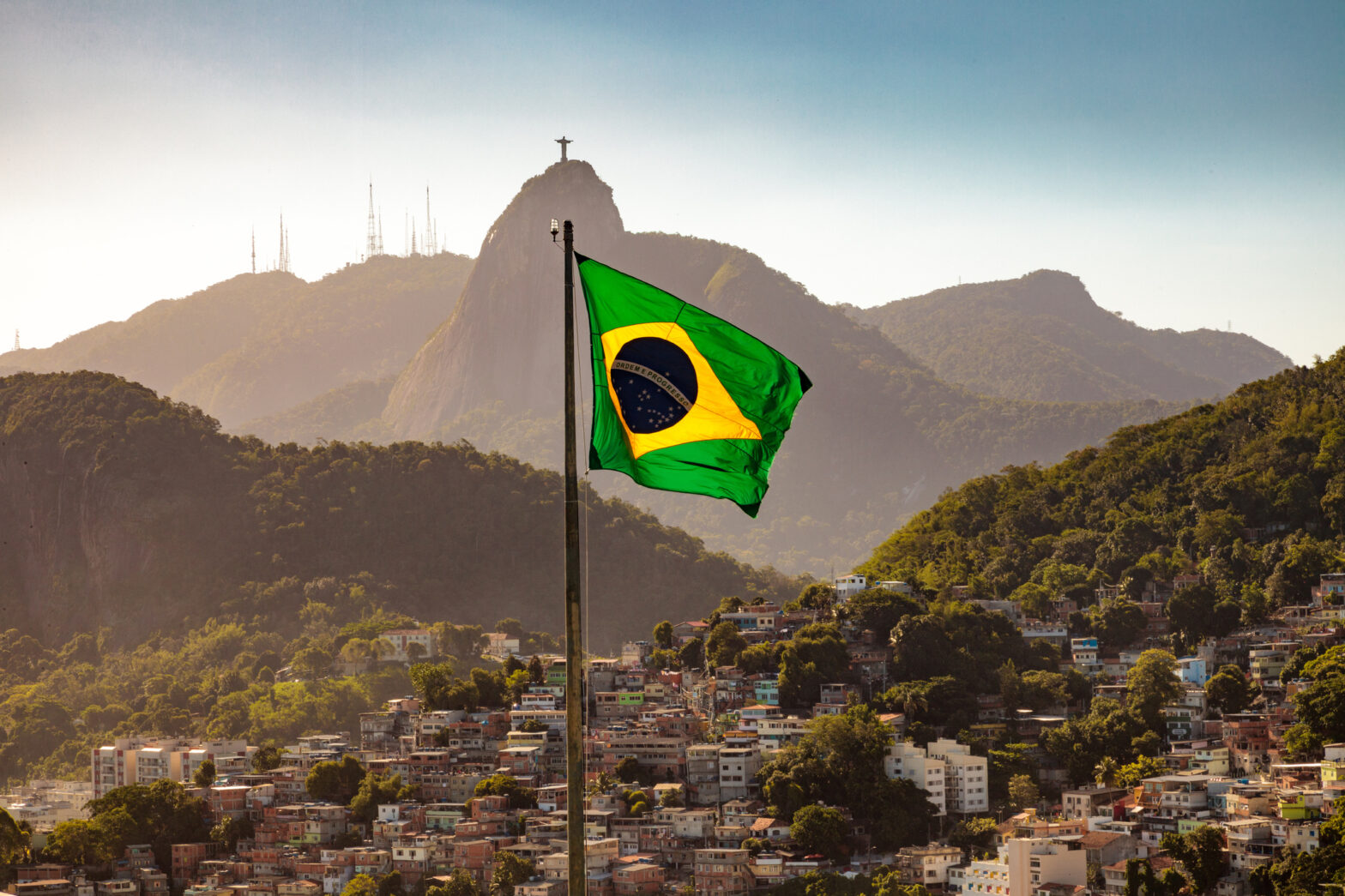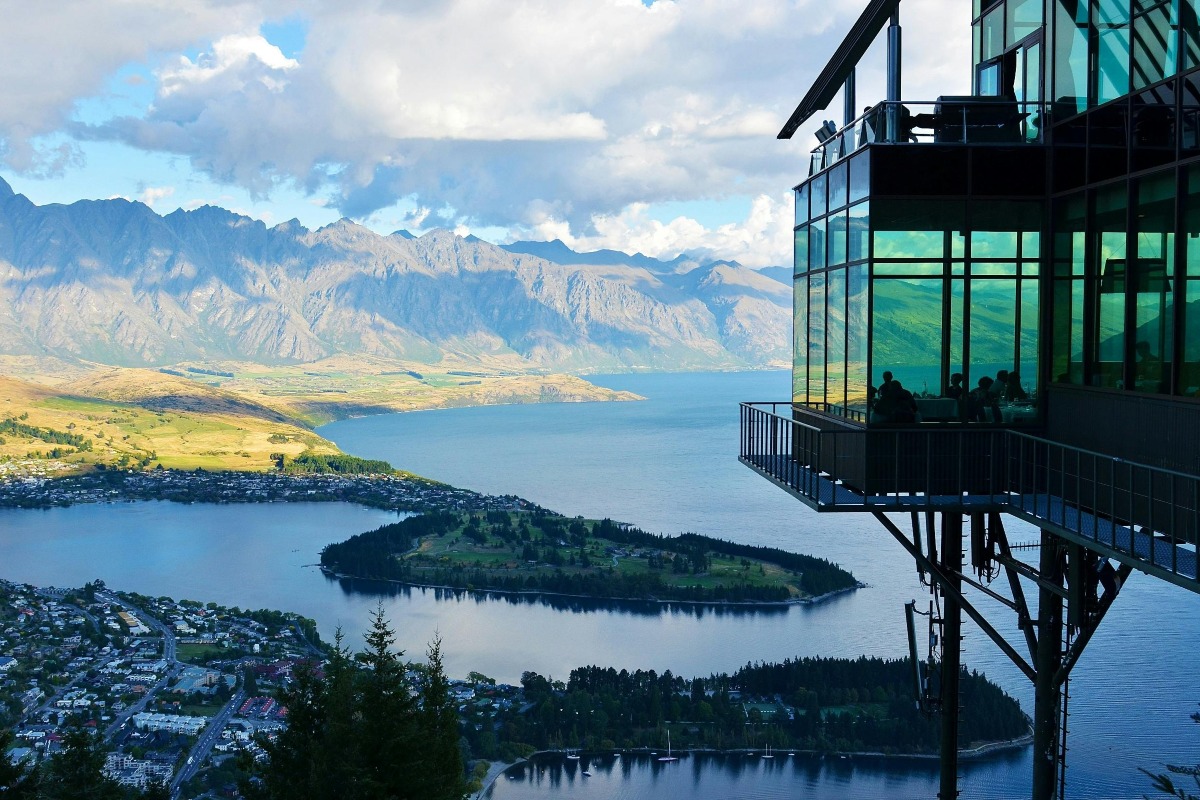Mount Kilimanjaro needs no introduction, but we’ll give it one, anyway. Located in Tanzania, it’s not only the tallest mountain in Africa but the tallest free-standing peak in the world. It’s possible to see Kilimanjaro from Amboseli National Park in Kenya, but make no mistake—it is 100% a Tanzanian attraction, and a legendary one at that.
Kilimanjaro is approximately 19,340 feet, and it’s technically a dormant volcano. It has three cones: Kibo, Mawenzi, and Shira, with Kibo being the tallest.
There’s an inherent risk with climbing any mountain. However, the amount of people who die on Kilimanjaro due to serious health issues or falls is far fewer than on Everest. Unlike the Arctic peak, you won’t see bodies entombed on the mountainside. If you have pre-existing conditions, make sure to have your medication handy.
Here’s what to know to conquer Kilimanjaro, the pride of Tanzania.
Preparation Is Key
There’s no way you can wing this mountain. It usually isn’t a lack of stamina that keeps some climbers from reaching the summit. It’s due to not being used to altitude changes and lower oxygen levels.
That said, you want to make sure your legs are conditioned. The best way to facilitate that is to climb mountains, or anything with an incline. Even riding your bike can strengthen your leg muscles, so feel free to include that in your training. If the weather isn’t good, use the stair master or take the stairs. When doing these, have a backpack on to emulate the experience you’ll have in Tanzania.
Another reason some don’t summit stems from insufficient climbing time. The minimal time is around five days, the maximum is anywhere from a week to ten days. This depends on the pace of the group, weather conditions, and other variables.
You Have To Pack Properly
Since you’ll be camping as you ascend, you’ll need appropriate clothing and supplies.
Ultimate Kilimanjaro explains “Layering is a systematic, logical approach to wearing multiple layers of clothing. It’s the best way to keep your body in the desired temperature range no matter what the environment is.”
Your layers should consist of a base layer, a mid-layer, and an outer shell. The base layer should wick sweat away from your body so that it stays dry.
The guide will supply the tents, food, and other necessities. You’ll be responsible for a backpack, hiking boots, waterproof bags to put your clothes in, a water bladder, a headlamp, a warm hat, gloves, and sunglasses. Your guide will advise in advance if anything else is needed. Some hikers like to use trekking poles to take the pressure off their joints, but this is optional.
You’re going to have to get used to not being as clean as you’d like. Bring wet wipes, sanitizer, a toothbrush, and toothpaste. Save the luxurious soak for when you’re back in your hotel after the climb.
You Must Hire A Professional Guide
Choosing the right guide may be challenging since there are so many. However, you’ll have to decide because you aren’t allowed to summit without one. Pricing can vary but don’t expect the excursion to be cheap. Check the success rate of each guide, and don’t be afraid to ask questions in advance.
Speaking of success rates, Climbing Kilimanjaro notes, “Some routes going up the mountain have better success rates than others. Your operator’s summit success rate is only one indicator of how good they are. Their safety record is more important.”
Anticipate Weather Changes And Don’t Forget To Breathe
Nature is a tricky beast, so don’t be shocked if the weather changes on a dime. Try to book your climb during the dry months which include December to mid-March or June to the end of October.
Above all, don’t panic. Remember to breathe and remind yourself that you’re embarking on something incredible. Train hard, put one foot in front of the other and listen to your guide. Barring something disastrous, you’ll likely summit.
If and when you do summit Kilimanjaro—congratulations! Don’t forget to take pictures.





